Help Desk
The help desk makes a significant contribution to creating a positive customer experience. Our comprehensive help desk guide provides you with information about the goals and tasks of a help desk. Previously used mainly in the IT industry, the help desk can now be found in many industries. On the one hand, this is due to advancing digitalization. On the other hand, it is driven by the increasing customer-first service concept that plays a significant role in many companies today. We will show you how to solve customer problems successfully with a help desk in your company and how to build an efficient support structure. Our best practices on support strategies and the right approach to implementation will help you to implement them successfully.
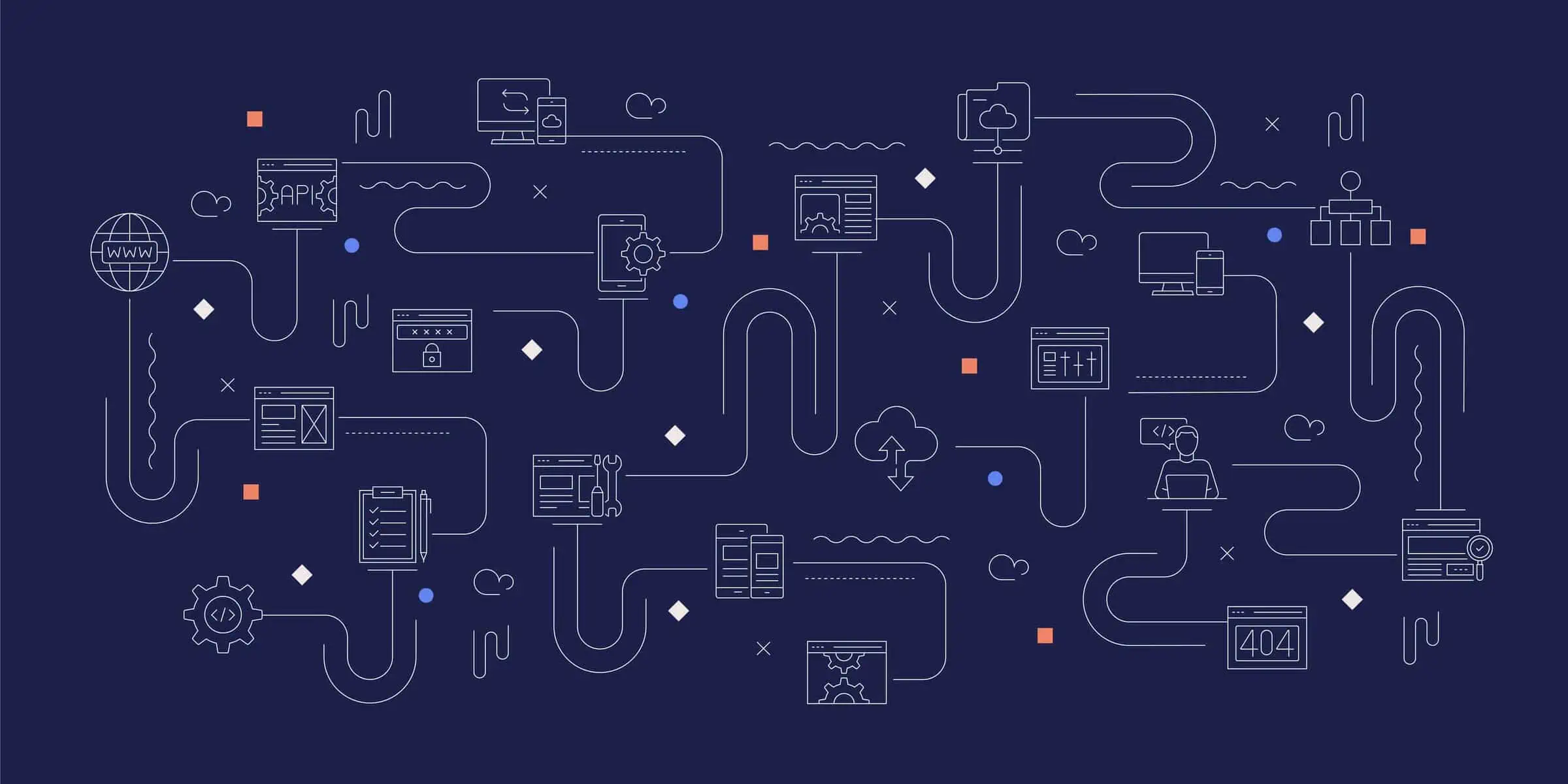
Help Desk Definition
A help desk is responsible for recording and processing user problems. It consists of the human component on the one hand and the supporting help desk software on the other. (The software is often referred to as a ticketing system or issue tracking system.) The goal of a help desk is to provide quick and effective resolution of requests and to ensure a positive customer experience.
Primary help desk tasks include assisting customers with technical issues, service, or product problems. For this, an efficient support structure across different support levels that subdivide user requests according to complexity and support requirements is essential.
For communication with users, a help desk offers various communication channels, such as telephone, e-mail, chat, or a ticket system, to receive and process user inquiries. In the IT help desk, remote maintenance software is often used to provide technical support on an affected device.
Help Desk Structure
Service Desk: Interface between the User and the Resulting Business Processes
The service desk is the single point of contact (SPOC) and is related to the help desk. It serves as the gateway between the user and the resulting business processes.
In contrast to the help desk, which is purely reactive, i.e., focused exclusively on solving problems and incidents, the service desk has a holistic and proactive approach.
The service desk informs users about new developments, monitors the status of user requests and handling processes, and supports a wide range of service processes such as release management, change management and configuration management.
In addition to being responsible for service processes and strategic planning, the service desk works in dedicated teams to handle service requests, such as an order for an upgrade to a higher service package. It classifies incoming requests into service requests, issues, or incidents and tries to process simple cases directly.
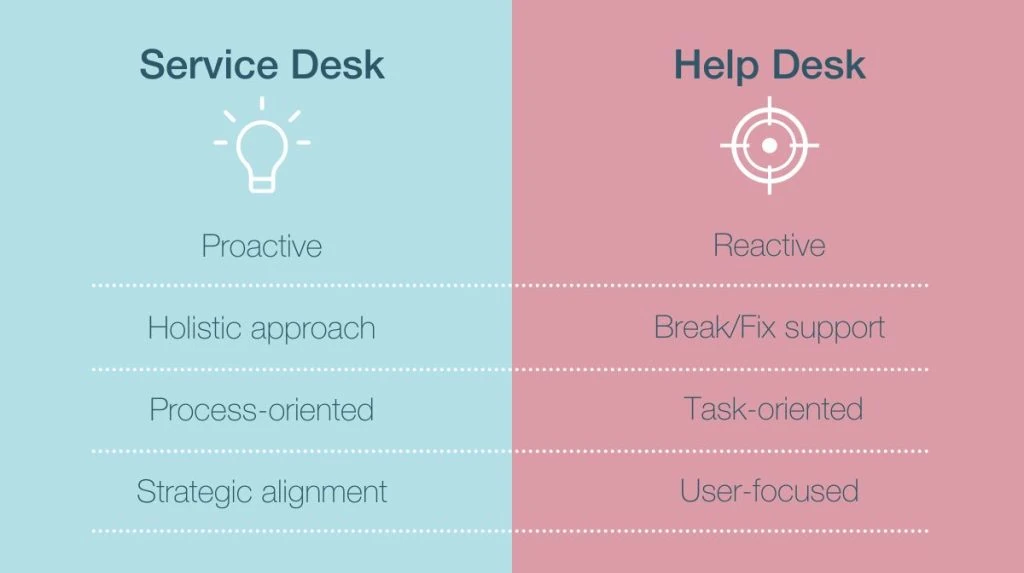
Service Levels at Help Desk
To ensure effective support service, the division of the help desk into three different tiers has become an established and effective practice.
A tier consists of help desk employees who can provide the necessary knowledge and skills for the respective level of support. Depending on complexity and effort, the team of the appropriate tier handles the case.
The tiers are usually organized hierarchically, with the first level being the first point of contact for users. The third level deals with cases that cannot be solved by the first two levels of support.
Service Level Agreements (SLA) define, among other things, service times, service levels and response times. In addition, the SLA defines several other parameters through so-called Service Level Indicators (SLI).
Since most user inquiries should ideally be resolved by the service desk or first level help desk, most employees are assigned to this area. This enables quick and efficient processing of the easy-to-resolve requests.
First Level
The first level is the first point of contact for user inquiries. This service level handles basic problems and frequently occurring requests. The employees provide solutions for simple and known problems. If requests cannot be resolved, they are escalated to the second level.
Second Level
The second level takes care of more complex cases that could not be solved by the first level. They have extensive knowledge and skills to analyze and resolve complex technical issues. They have access to tools or systems to provide comprehensive assistance. If the problem cannot be solved at the second level, it is forwarded to the last service level.
Third Level
The third level support team represents the highest level of support in the help desk. This level is responsible for highly complex technical issues that could not be solved by the previous levels. Third level support employees are experts. They are familiar with the product or the services offered. Among other things, they work closely with manufacturers or developers to find individual solutions that go beyond standard procedures and meet special requirements.
Service Portal
The service portal is one of the most important components of a help desk solution. It provides self-service functions, contact information and a customer login that ensures that only authorized persons can submit a request to the help desk.
A form is often used for contacting the help desk. It ensures that the information requested can be classified and categorized so that the ticket created contains all the necessary information to ensure the fastest possible processing.
Knowledge Base
A knowledge database helps customers find solutions to known problems. A dedicated area for the help desk team, for example, can also provide important information about products or services and thus contributes to service quality by making acquired knowledge permanently available.
IT Service Desk
The IT service desk is the central point of contact for IT support in a company. It provides an interface between users and IT Service Management (ITSM) to effectively solve technical problems or service requests. The service desk records user requests, performs diagnostics, provides solutions or forwards complex problems to the IT help desk. The goal is to help users make efficient use of the information technologies in use.
IT Help Desk
The IT help desk is usually integrated into IT departments and focuses on providing direct support to users with questions and problems related to IT. It plays a crucial role in the immediate resolution of user issues, which helps to increase user productivity and satisfaction. In the IT help desk, the ITIL® framework is often used, which describes IT service processes (ITIL processes) and is considered the standard today. For the special requirements of IT service management, ITSM software with predefined IT processes is typically used in an IT help desk.
Finding the Proper Help Desk Software
For successful implementation of help desk in the company, it is important that the software solution can be adapted to individual needs. Furthermore, pay attention to a possible integration of external systems via interfaces, such as a CRM.
Powerful Help Desk Solution from OTRS
With the omnichannel help desk solution from OTRS Group, you have a powerful and highly flexible ticketing system solution that, with an integrated knowledge base, provides your help desk support team with information to provide the best service to your customers.
The service portal offers self-service features, such as access to the knowledge base or the ability to create a ticket via a contact form. The tickets can be automatically assigned to the appropriate teams, prioritized, processed and thus solved faster. This helps, not only your customers, but also your support team to work efficiently.
Escalation management, reminder, response, and resolution times can be customized according to the agreed SLAs. This ensures the quality and reliability of your customer service.
The advantages:
- Individual configuration
- Over 1,440 configuration options
- High integration capability into already existing applications
- Significant time savings through process management
- Perfect documentation and reporting
- Cost-saving in the long term
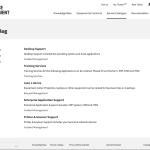
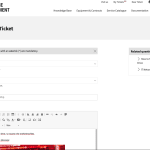
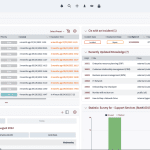
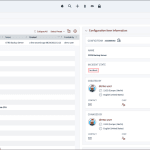
Help Desk Management
Successful help desk management is characterized by various aspects which, taken together, are responsible for efficient and equally customer-oriented support.
Help Desk Implementation
The following characteristics are necessary for a successful implementation:
An efficient help desk needs clear goals and priorities for customer support. Customer satisfaction, rapid problem resolution and efficient use of resources are essential components of all measures.
Communication between teams and customers is critical. Sharing information, benefiting from experience and offering clear and friendly communication that focuses on the customer’s needs are prerequisites for a successful help desk.
Support staff must have the expertise and skills to handle user requests professionally and competently. Ongoing training ensures that services meet the needs of customers and the business.
Your customers can be the best advertising ambassadors, but they can also do significant damage to your company’s reputation. Take advantage of satisfied customers and focus on your customers’ needs.
Using appropriate help desk software and tools is essential to streamlining the support process, tracking user requests, and increasing efficiency. Make sure that the technical tools adapt to changing requirements.
Monitor escalation processes for compliance and quality. Adjust the processes if necessary. Also monitor support performance and collect customer feedback. This is the only way to successfully implement continuous optimization of support services.
Ensure that resources, including time and personnel, are used efficiently to handle support requests. Use tools that enable efficient resource planning.
Support Strategies
The effectiveness of the strategies listed depends on the individual situation and the requirements of the company. The strategy chosen must be tailored to the customer’s needs and make optimal use of the company’s resources.
It should be easy for customers to contact the help desk. Providing multiple channels, such as phone, email, live chat and social media, allows customers to choose the best way for them to get help.
Establishing a comprehensive knowledge base system or FAQ section allows customers to answer common questions themselves without contacting the help desk. This speeds up problem resolution for the customer and reduces the workload of the help desk team.
By using monitoring tools, help desk teams can respond to incidents early, before they become serious problems for the customer. Proactive communication and solutions demonstrate commitment to customers, prevent frustration, and strengthen customer satisfaction.
Being able to address customers personally and having information about past requests facilitates communication and builds trust.
Customer support agents should be assigned to teams based on their skills and experience to ensure rapid resolution with appropriate quality.
If an issue cannot be resolved immediately, escalation processes must be initiated to escalate the request to more experienced agents or higher levels in the support team. Ideally, the processes should be automated.
Defining clear SLAs ensures that support requests are processed within specific timeframes. This creates a clear understanding among customers and the company alike about the respective services and obligations.
Regular customer surveys or feedback loops help measure customer satisfaction and continuously improve support.
Outsourcing or In-House Operation?
The decision to either integrate the help desk into the company or outsource it depends on various factors. Supposedly low-cost outsourcing can have an impact on service quality and can thus lead to dissatisfied customers or even mean the loss of customers. We recommend conducting a thorough analysis and considering the long-term impact on the business before making a decision. A solution that combines outsourcing simpler services and in-house operation of complex services should also be considered.
Outsourcing can often be more cost-effective, as specialized external service providers have economies of scale and may be able to reach lower labor costs.
External help desk service providers have more staff familiar with different technologies and issues. Internal staff, on the other hand, may have better understanding of in-house products and services.
Internal help desk teams are typically closer to the business and can more quickly handle specific requests and respond to changes.
Depending on the industry and the type of information handled, it may be necessary to run the help desk internally to retain control over sensitive data and minimize security risks.
In outsourcing, service quality depends on external factors and the performance of the service provider. Internal teams can be more closely aligned with company goals, products, and customers, providing better service quality. An internal help desk can often be better integrated into the overall customer experience and create a stronger bond between the customer and the company.
The availability of the help desk should also be considered. Depending on the scope and structure, an internal help desk may be able to help faster than an external service provider. On the other hand, an internationally operating company often relies on having service hours covered by external service providers.
FAQ
What is a help desk?
A help desk provides technical support and solutions to user problems. It records user requests, prioritizes them, and assigns them to support staff for the fastest possible resolution. Typically, help desks are divided into different areas of responsibility called levels. Requests are routed to first, second, or third level support based on difficulty.
Where is a help desk used?
A help desk is used in various areas to provide technical support and assistance to users with the services they depend on. Examples:
- In-house IT support
- External IT support
- Customer service help desk
- IT support in educational institutions, public services and government agencies
- IT and technical support in healthcare